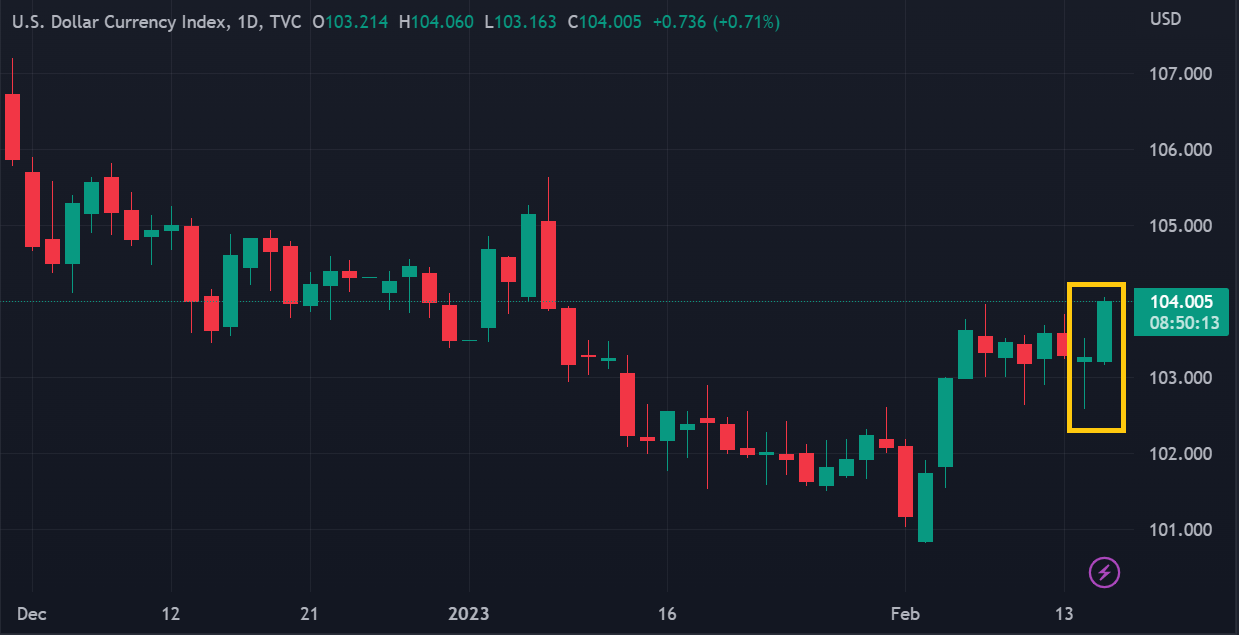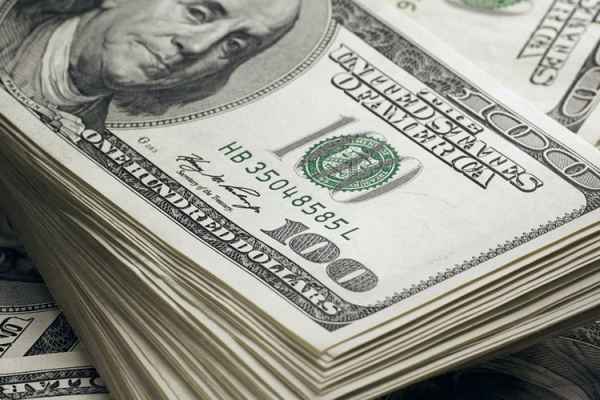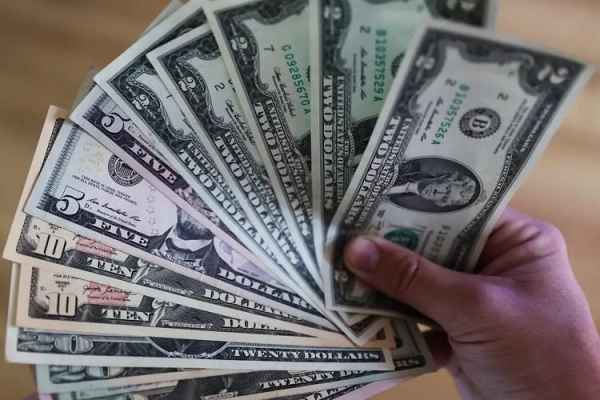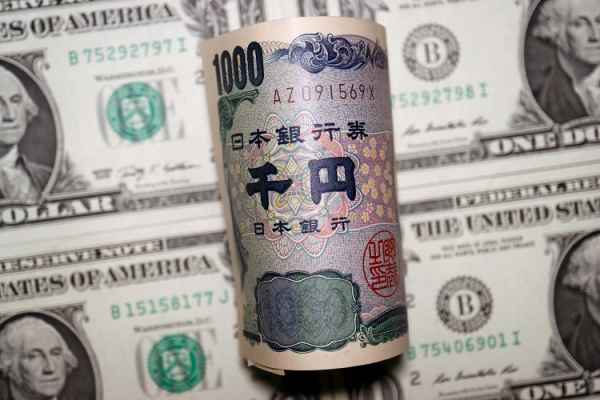This time, the release of US retail sales data boosted expectations of The Fed's interest rate and US dollar exchange rate.
US retail sales data provided a positive catalyst for the US dollar exchange rate in trading in the New York session on Wednesday (15/February). The US dollar index (DXY) rocketed around 0.75% to hit 104.06, printing the strongest exchange rate since early January.

DXY Daily chart via TradingView
The US Census Bureau reports that retail sales increased 3.0% (Month-over-Month) in January 2023, nearly double the consensus estimate of 1.8%. The data "made up for" the decline of -0.7% in the previous period and hoisted annual retail sales growth from 5.89% to 6.38%.
Core retail sales data also looks good. Monthly growth reached 2.3%, or three times better than the estimate of only 0.8%. This indicates that public demand for basic needs such as food remains high amid rising US interest rates and inflation.
The US dollar rose cautiously in early trading today because yesterday's consumer inflation data presented an ambiguous situation. However, future inflationary pressures will remain high as long as current labor market conditions and public spending appetite are tight. Consequently, the release of retail sales data boosted expectations of The Fed's interest rate and US dollar exchange rate.
"This (US retail sales) data confirms that the quarter had a stronger start than previously expected, as well as reinforces the need for higher interest rates for longer, as this puts sales volume in the control group 6% above the pre-trend line. -pandemic," said Katherine Judge, an economist at CIBC Capital Markets.
"We continue to expect two more (rates) hikes of 25 bps in March and May, bringing the (rate) cap to 5.25%, then holding rates steady through the rest of 2023," said Nicholas Van Ness, an economist at Credit Agricole. CIB, "Nevertheless, the Fed will remain data dependent, and if the upcoming inflation data remains on the stronger side, it will open the door for the Fed to continue raising (rates) after its May (FOMC) meeting."

 Dedicated FREE FOREX VPS
Dedicated FREE FOREX VPS Free FOREX Virtual Private Server
Free FOREX Virtual Private Server MT4 Demo Contest, Get $500
MT4 Demo Contest, Get $500 Sign Up for an Account, Claim 60% Deposit Bonus
Sign Up for an Account, Claim 60% Deposit Bonus Free MT4/MT5 VPS 2024
Free MT4/MT5 VPS 2024 Send E-mail and Get Free Merchandise
Send E-mail and Get Free Merchandise $1K Refer a Friend Bonus for Pepperstone Pro clients
$1K Refer a Friend Bonus for Pepperstone Pro clients Maximize Your Earnings with 100% Deposit bonus
Maximize Your Earnings with 100% Deposit bonus Trade to Win, $5,000 Monthly Demo Contest
Trade to Win, $5,000 Monthly Demo Contest Claim 30% + 15% Deposit Bonus from LiteFinance
Claim 30% + 15% Deposit Bonus from LiteFinance






